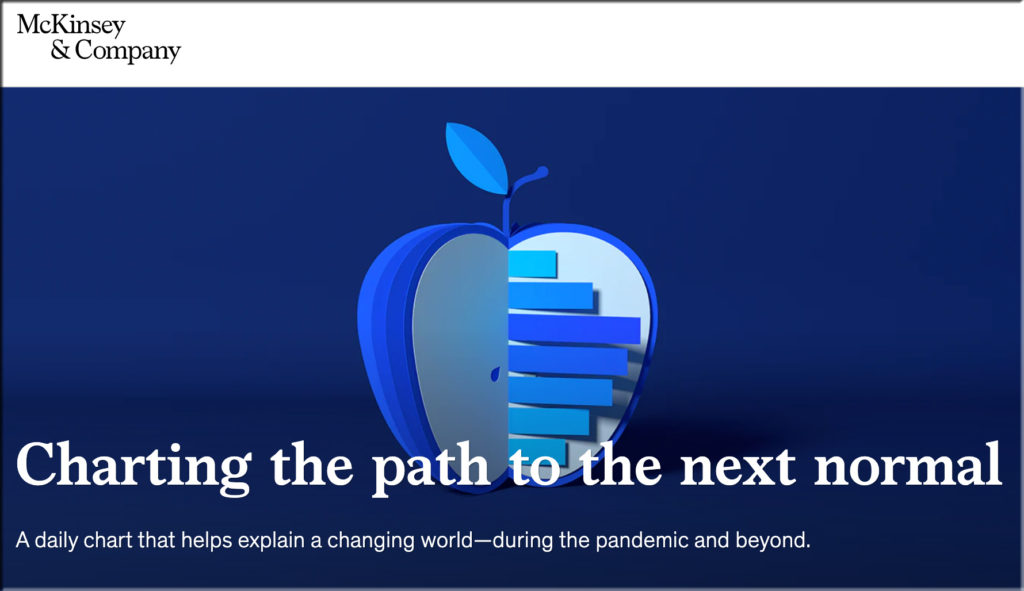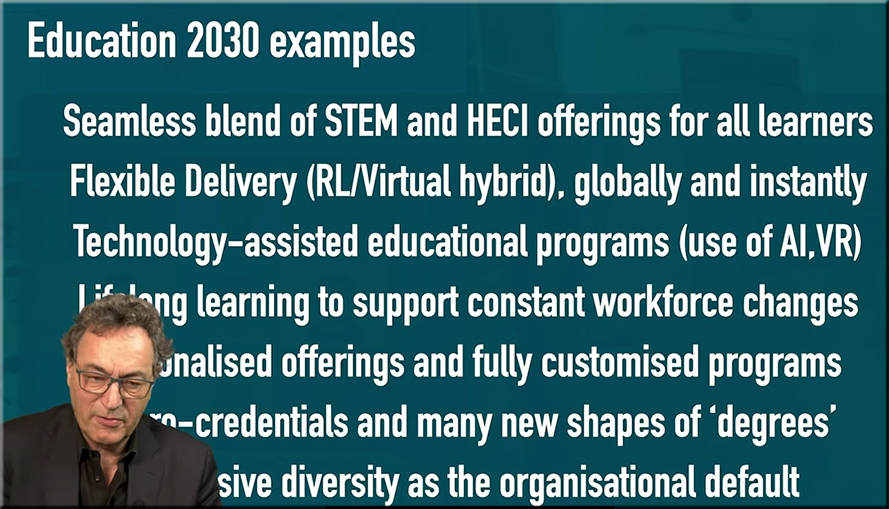How sponsorship can help women in tech advance — from mckinsey.com
Excerpt:
While women earn about half of science and engineering degrees, they make up less than 20 percent of people employed in these fields. And for many who choose this career path, they are commonly the only person of their gender in a room.
This International Women’s Day, we’re looking at one workplace element that can help reverse those trends for women in tech: connecting with a sponsor who creates opportunities for them and advocates for their advancement.
Women in Tech: Breaking Bias in the Workplace — from technative.io
Excerpt:
However, as important having a mentor is, it is imperative to have strong decision making power of your own. Future Processing’s Mleczko suggests women take control of their lives actively: “You are the only one who can decide about your life and your future. Do not let your dreams go just because other people say you are not capable of something. Some things need time, so be patient but do not resign. Everyone started at the very beginning.”
Inclusive Hiring in Tech: How to Write More Inclusive Job Descriptions — by Jill Bender
Addendums on 3/17/22:
- Overcoming the gender disparity in tech — technative.io
- Women Building a Community in IT at the University of California — from er.educause.edu













